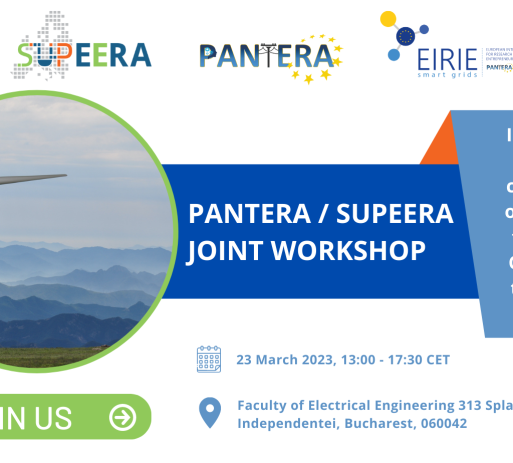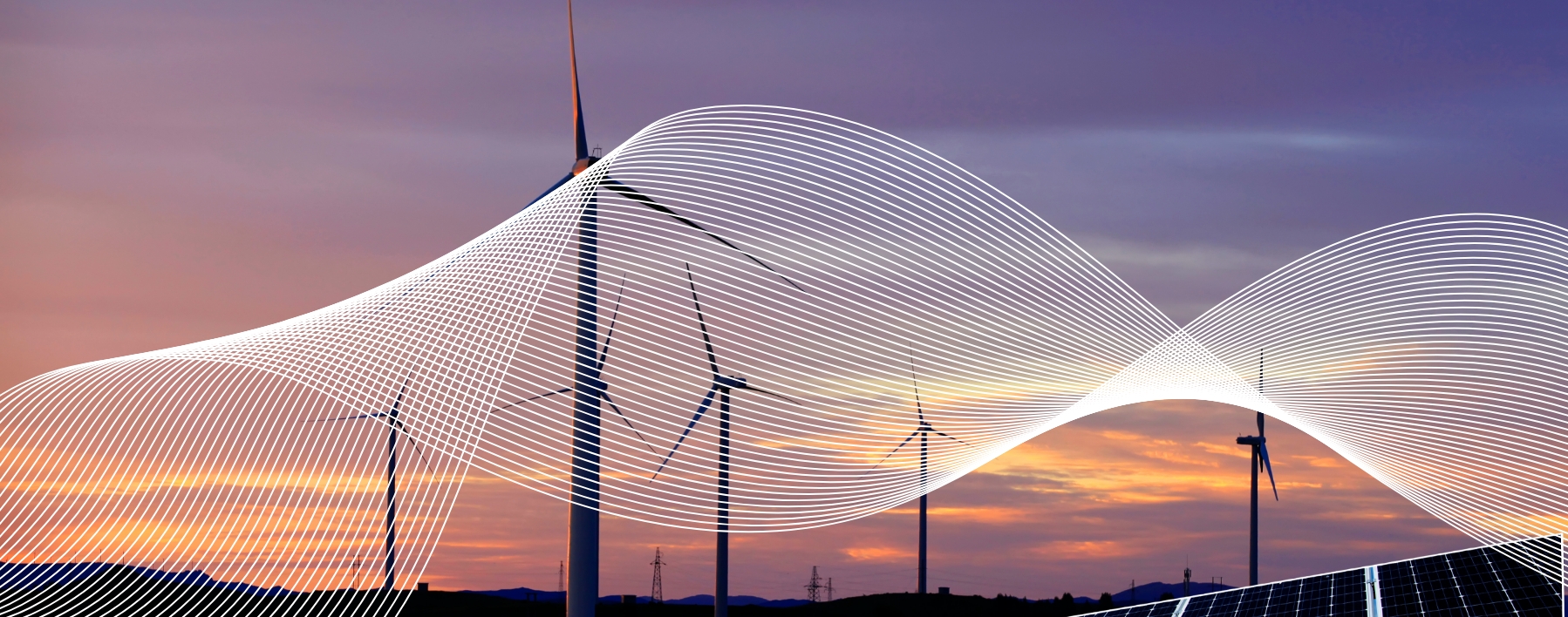Get to know here all pilots and use cases of DATA CELLAR-related projects
DATA CELLAR Use Cases
The DATA CELLAR data space will be validated in 9 Validation Case which represents different Energy community at different level of maturity in terms of status of the energy community.
The Validation Cases represents a wide range of possible energy communities that could be found around Europe and are managed/promoted by different stakeholders. The Validation Cases will interact at two different levels with DATA CELLAR:
- Provide Data – Crowd the data space with existing data around energy communities which will cover different energy (electricity, heating and cooling, gas, water…) and non-energy vectors (mobility, transport, user behaviours…).
- Drive Business – The different stakeholders through the data space, will have access to both data to be used in an aggregated way for their business as well as the different data-driven services that will be developed within DATA CELLAR and that will be available to the stakeholders.
Thanks to the already identified VCs, DATA CELLAR will be populated during the initial phase of the validation campaign with the following data coming from the VCs.
- Wheather data in different EU locations.
- Smart meter energy data.
- Thermal/Cooling consumption of profiled end-users.
- Electricity consumption of profiled end-users.
- Grid need for Flexibility data.
- Specific Load controls.
- Typical Wind turbine/PV power production in different EU locations.
- Power production rate of different assests.
- Building consumptions based on building type.
- Energy costs (Electricity, natural gas…).
OMEGA-X Use Cases
- Renewables – 3 pilots will be carried out in 2 cities (Spain and France). There will be 7 partners involved (3 data owners and 4 data providers).
- Local Energy Communities – 5 pilots will be carried out in 4 cities (Spain, France, Italy and Serbia). There will be 9 partners involved (5 data owners, 5 service providers).
- Electromobility – 2 pilots will be carried out in 3 cities (France, Germany and Belgium). There will be 8 partners involved (4 data owners, 5 service providers).
- Flexibility – 1 pilot will be carried out in Portugal. There will be 7 partners involved (5 data owners, 4 service providers).
OMEGA-X will use a “iterative methodology” which will be an input for the following tasks:
- Continuous monitoring of data space initiatives at EU level: This task will align with IDSA and monitor the work as being delivered by Gaia-X (related to general architecture and Energy Working Groups) and other data space initiatives coming from the EU, FIWARE, BDVA/DAIRO, DSBA. These will provide valuable input to OMEGA-X architecture and use cases.
- Identification of sister projects complementary use cases: This task will exchange the results from OMEGA-X use cases with sister projects on the same call (ENERSHARE, DATA CELLAR, SYNERGIES) by using the IEC 62559-2 use case template. The focus will be on commonalities, complementarities, and differences between OMEGA-X use cases and sister project’s ones.
- Integration of sister projects functionalities
- Alignment with BRIDGE
ENERSHARE Use Cases
The overall ENERSHARE framework will be applied, implemented, demonstrated, and validated in 7 real-life pilots and 11 use cases across 7 countries.
Use cases families:
- Wind farm integrated predictive maintenance and supply chain optimisation (Spain).
- Cross-value chain smart buildings/smart mobility/smart grid services for Local Energy Communities and power network operators (Portugal).
- Optimal multi-energy vector planning, electricity vs heat (Slovenia).
- Digital Twins for optimal data-driven Power-to-Gas optimal planning (Greece).
- Cross-value chain community-centered services for optimising DSO-level grid operation while coordinating with e-mobility and water sectors (Italy).
- Data-driven eco-system of green production, flexible consumption, and storage capacity (Finland).
- Cross-value chain services for energy-data driven green financing (Latvia).
Cross-projects Interoperability Approach:
- Visionary Cross-value chain electricity-center Use Cases as starting point: Initial Focus on Local Electricity-centered Communities (Pilots n.2 and n.5) .
- Usage of UML (IEC 62559-2 standard), use case templates, to identify gaps among projects and align with BRIDGE Data Management WG Use Case Repository and with and Energy Vertical GAIA-X WG use cases looking at the cross-sector and data value chain angles.
- Data Models adaptation and Open APIs to manage interoperability within Use cases implementation (Data Interoperability).
- Leveraging on incremental Minimum Viable Product (MVP) aligned to ENERSHARE Reference Architecture (Component-level interoperability)
- Aligning with BRIDGE DERA, IDSA, FIWARE, H2020 BD4NRG,H2020 PLATOON, H2020 OneNet, H2020 INTERCONNECT to manage component sharing and exchange.
- Open APIs for third party Apps and component developers to support cross-projects components exchange.
- Pilots infrastructure interoperability to support cross-projects pilot data availability to validate new data-driven models and components/connectors.
- Cross-projects data models and services sharing and interoperability.
SYNERGIES Use Cases
Multi-level ecosystem integration:
- Service Integration: AI Analytics Apps, Hybrid Digital Twins, Smart Control and User Experience, TSO-DSO Common scheduling, Service Marketplace.
- Market integration: Local flexibility, TSO/DSO Flexibility Marketplace, Market Codes.
- Business integration: Prosumer-driven local energy communities, Budiness Models, Agregation/VPP, Flexibility Extraction and Offering.
- Decentralization and Electrification of Distributed Assets.
- Operational Uncertainty and New Control Variables – System resilience.
- Distributed & Non-reachable data assets.





